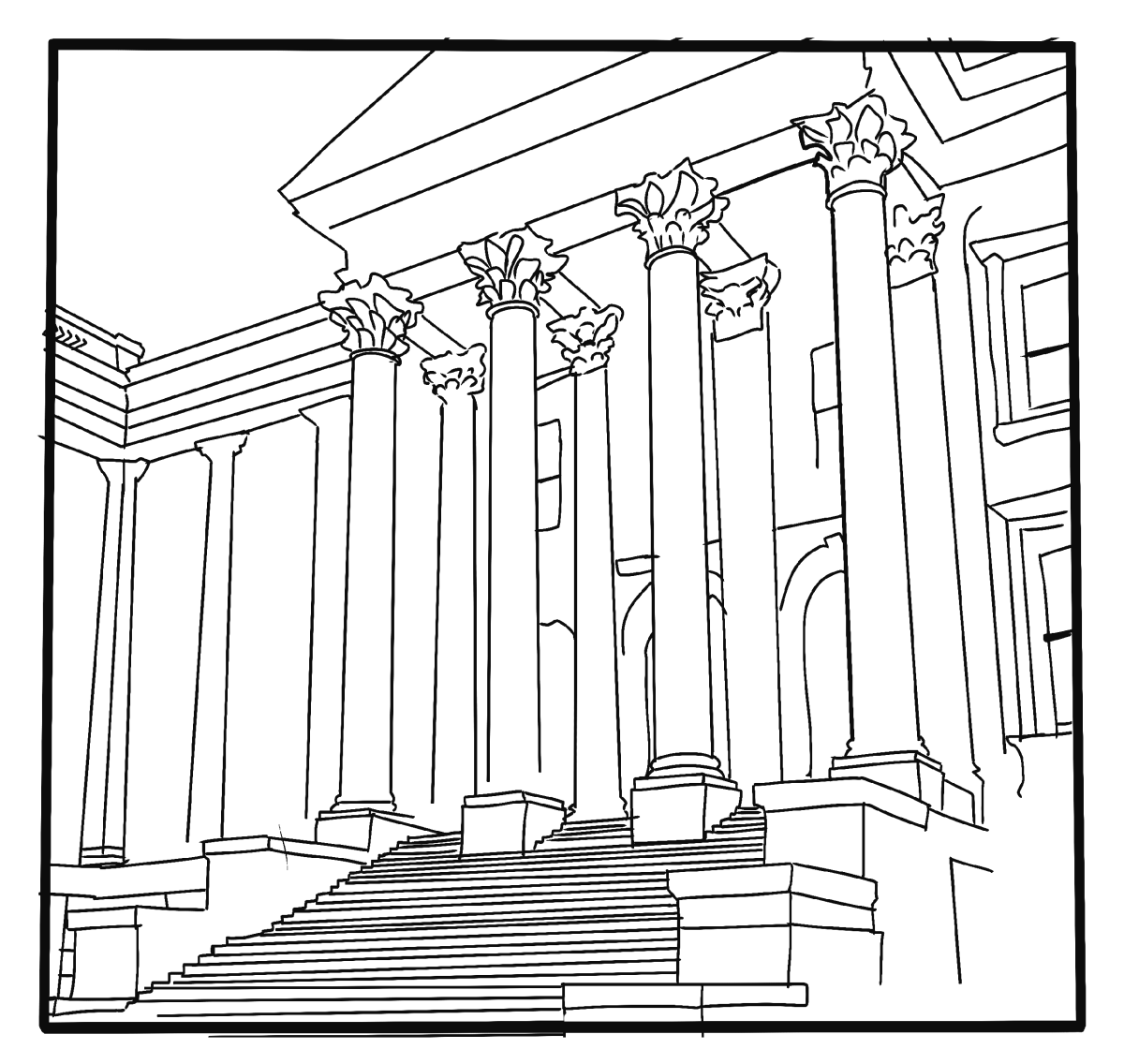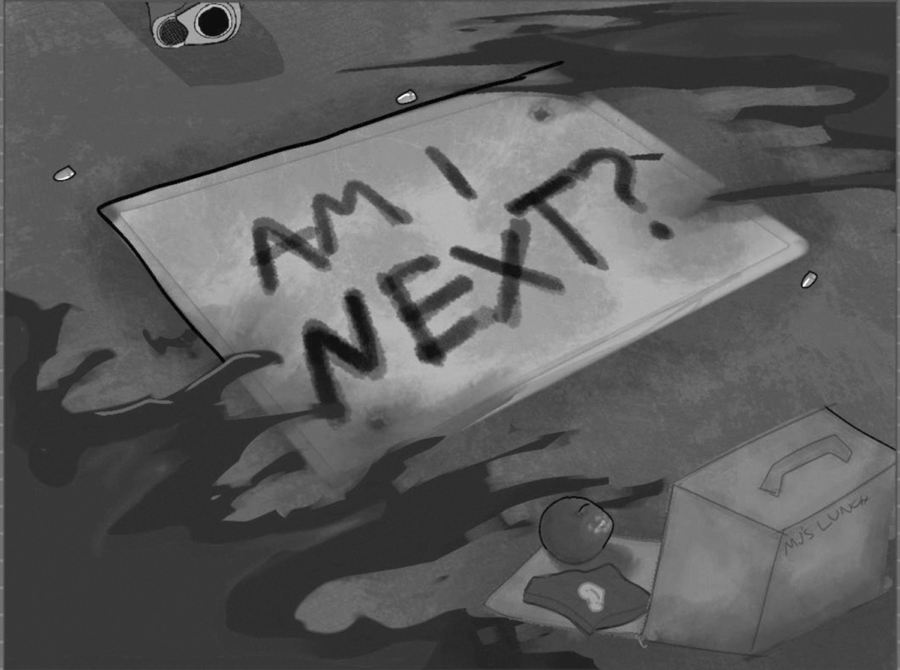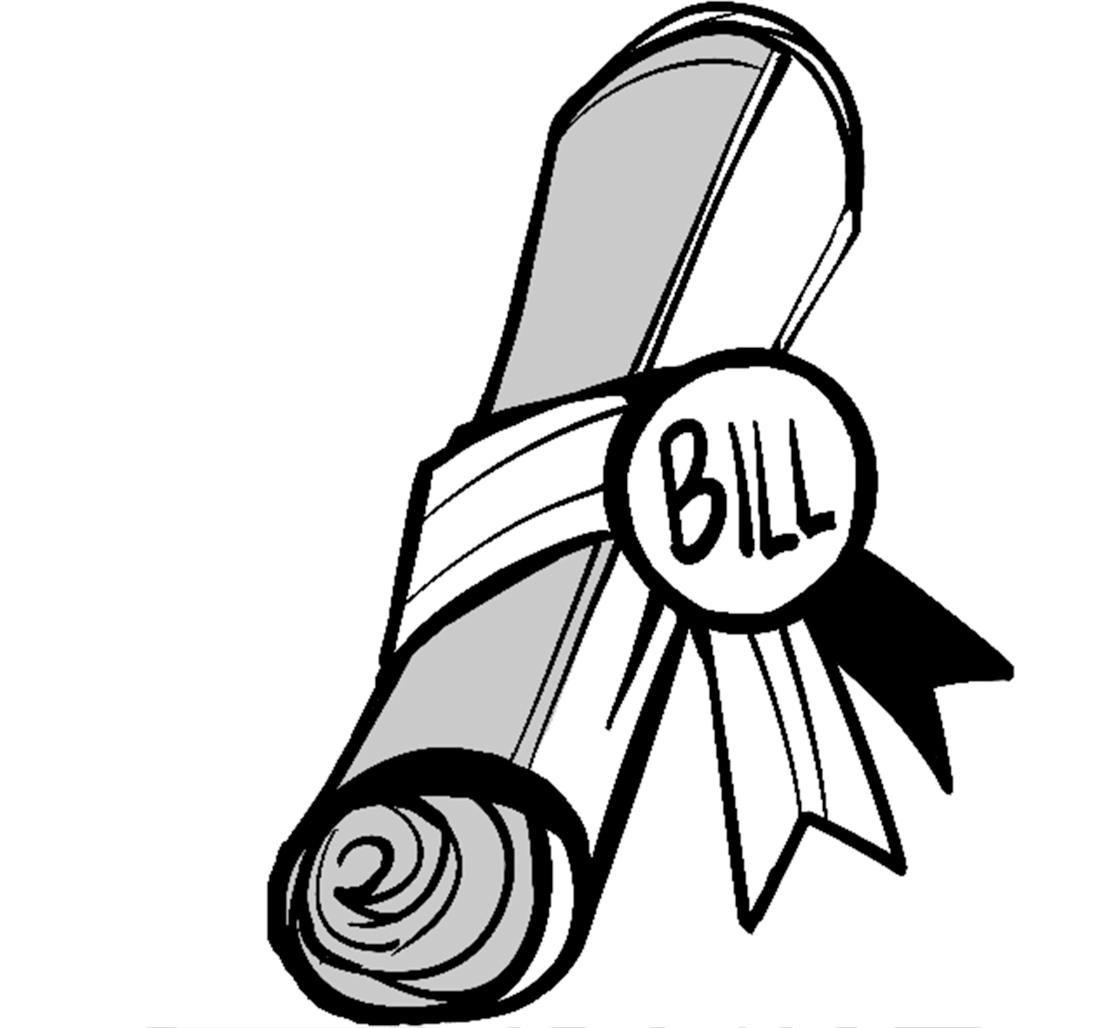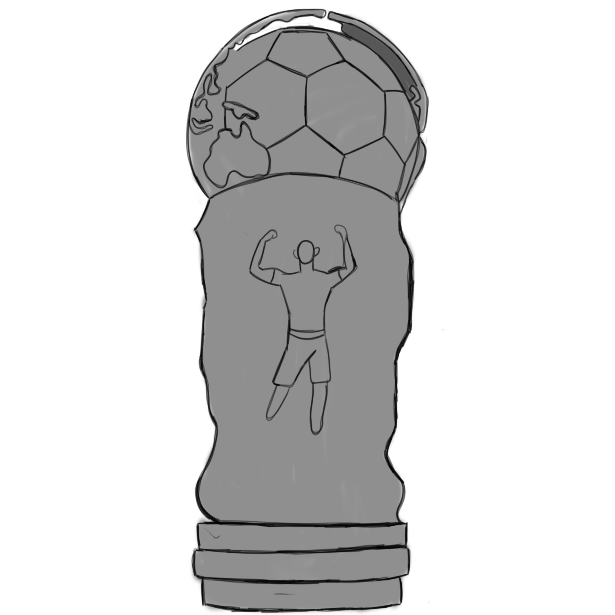I was admiring the ocean view from our house on Okinawa when the phone rang. It was my somewhat over-protective father calling to tell me that there was a massive earthquake in Tokyo. My first thought jumped to my husband Andrew, who is a ’92 MTHS graduate. I had dropped him off at the airport earlier that day and he was flying back to the states via Tokyo for some military training.
Looking at my watch I realized that Andrew should have just landed at Narita, when I heard my father say that there was a tsunami and I needed to get somewhere safe. I told him I would call him back and checked the Kadena Weather site that has links to NOAA, USGS, and Japanese tsunami and earthquake monitoring sites. I saw the earthquake but no update of a tsunami. The phone rang again. It was my father. Knowing that we lived on the seawall, he again strongly suggested I take the kids and get to high ground – he was already seeing tsunami footage on the news in the states. I turned on the television, but our access to channels is limited to the Armed Forces Network – seven English speaking channels of programming from the states. All news is at least three or four hours old – if not a day, and there was nothing about the disaster in Sendai.
I told him that we were heading out the door and would call or email when I got the chance. As I opened the front door the evacuation announcements began to echo through the neighborhood and a car drove slowly along the busy street in front of our house making a similar announcement. At least I assumed they were calling for an evacuation – my limited Japanese was able to pick up “tsunami” at intervals and we saw our neighbors coming out of their houses.
As the kids and I drove off, I turned the radio to the Armed Forces Network channel and listened for information. Sure enough, the bases had also issued a tsunami warning and evacuation notice but the tsunami was not expected to hit the island for a couple of hours. I decided to drive to the other side of the island (a 10 minute detour) to check out the wave action on the South China Sea. We ended up at my daughter’s favorite restaurant, Taj Okinawa, where they had the NHK (Japanese public television) on and we saw our first footage of the earthquake and tsunami.
My thoughts again turned to Andrew. I knew that if he could call he would and having not heard anything from him was troubling. My 7-year-old daughter interrupted my thoughts. “Are there people in those cars and houses?” she asked. Then the phone rang. It was Andrew. The plane had diverted north of Tokyo to a Japanese airbase and they were sitting on the tarmac. His adventure was just beginning and mine was ending. The kids and I moved to the USO on Kadena Airbase, where I was able to check updates on the Internet and got the all-clear to go home. Okinawa was not impacted by the tsunami though for the next two days and nights we were under tsunami advisory and the kids and I had slumber parties on the second floor just in case. The next call from Andrew came from another airport south of Tokyo called Haneda. He needed to get back up to Tokyo’s Narita airport to catch a flight out to Seattle. He got in a cab at 2 a.m. and was able to call every couple of hours regarding their progress, which was almost non-existent. After 16 hours in a cab to travel a distance of 32 miles, he finally arrived at Narita and was able to catch a flight two days after he had left Okinawa.
Andrew is a Marine Corps pilot. Soon after the tsunami and earthquake, the joint services began Operation Tomadachi. Tomadachi means friend in Japanese. There are American military bases spread over Japan and concentrated in Okinawa. Everyone was scrambling to give aid to the Japanese in the form of food and water, search and rescue, debris clean-up, casualty assistance, and moving people out of affected areas. When Andrew returned from the states he joined his squadron in supporting Operation Tomadachi. He flew into Sendai several times and was able to take some photos of the Sendai airport.
When the Hawkeye asked me to contribute my story of the tsunami I was very hesitant. The short-lived drama my family and I experienced is so inconsequential compared to the actual real pain and experiences of the Japanese people living around affected areas. Okinawa is close to 1,000 miles south of the main land of Japan. We did not feel the earthquake and we are not threatened by radiation from the Fukushima nuclear reactor. The round-the-clock work that American military members have been engaged in is inspiring as is the courage and resilience of the Japanese people.








